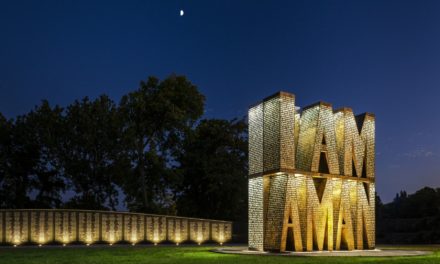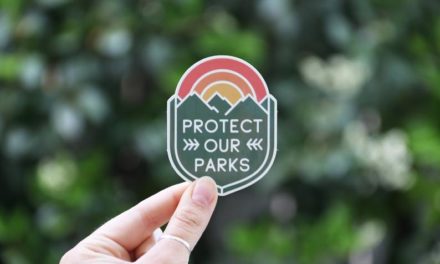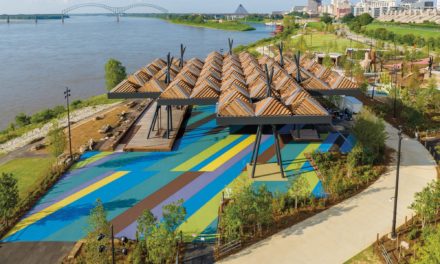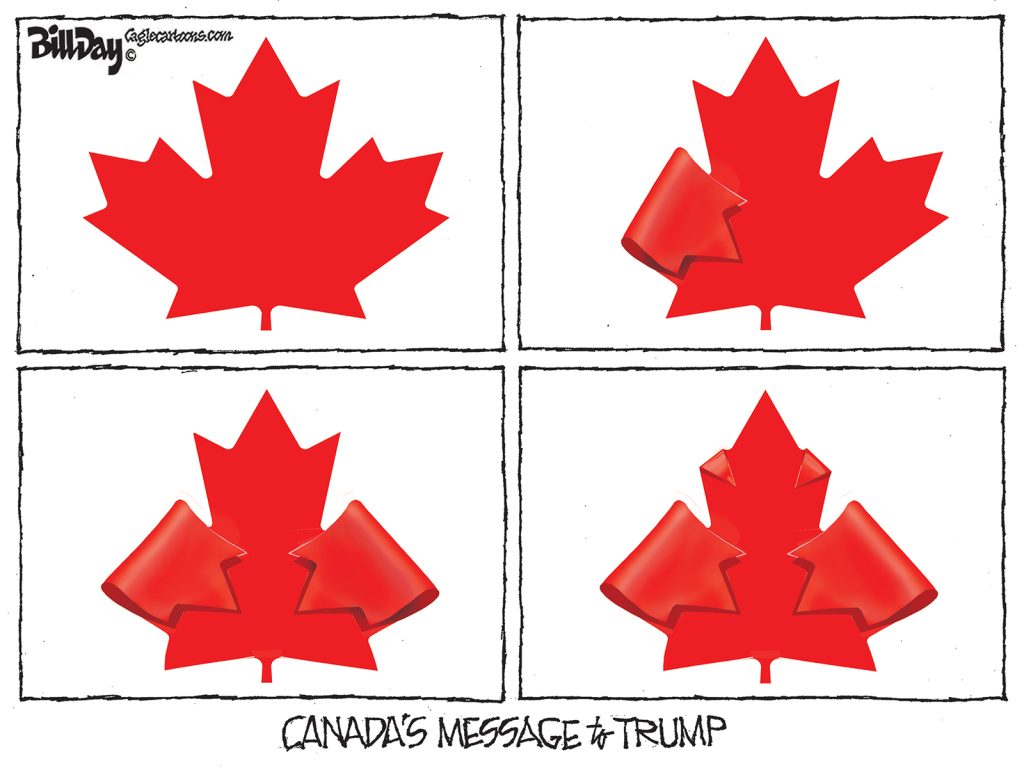This commentary was posted in October, 2005, and we post it again in light of the controversy of the mistreatment of Overton Park’s Greensward. In a time of economic crisis and fiscal stresses in local government, it would seem that it would be the perfect time to protect what we have:
There is an aphorism in local government that goes like this: “There’s always money for anything the mayor wants to do.”
It doesn’t matter if the deficit is growing, it doesn’t matter if the budget is out of balance and it doesn’t matter which way the winds of controversy are blowing. If a mayor wants money for a special interest or a personal priority, it’s always found.
That’s why it’s unfortunate that parkland remains a low priority in local government.
Greening Cities
Never mind that 5,387 acres of parkland in Memphis is meager when compared to our so-called peer cities.
Never mind that the Research Triangle area is launching a GreenPrint program to increase green space by 158,000 acres in the next 25 years.
Never mind that Nashville is embarking on a $151 million park expansion program.
Never mind that Atlanta is beginning development of a spectacular 22-mile linear park.
Never mind that Memphis is in a race with these cities for jobs, workers and economic growth. And never mind that parkland is one of the wisest investments that can be made by a community.
Doing Better
At a time when Memphis should be pulling out all the stops to lure people back to city neighborhoods, we send the message that we place little value on green spaces and their connection with healthy neighborhoods.
Just for the record, let’s do the numbers: Memphis spends about $32 per citizen on parks. It’s hard to find a major city that does less, and we are topped by cities ranging from Seattle to Oakland, Denver to Oklahoma City, Cincinnati to Virginia Beach. In fact, most of these spend from two to seven times more per resident.
As for parkland per 1,000 residents, Memphis is in a race to the bottom. As for parkland as a percentage of the city total area, Memphis (including Shelby Farms Park’s 4,500 acres) rate is 6 percent. By the way, the plan for the Research Triangle will raise its percentage from 8 percent to 15 percent.
While politicians look for quick fixes to budget problems, citizens are looking for long-range commitment to park improvements. And they’re willing to pay for it. In the most recent reporting year, voters in 23 states approved three-fourths of the referenda for parks – to the tune of about $1.8 billion. Since 1995, more than $25 billion in new capital funding for parks has been approved by voters.
Just The Facts
There’s no reason that we can’t do the same here. The Division of Parks operates on essentially the same budget that it had 30 years ago, and the public needs to create a mandate for our parks, and as we do, let’s remember a few things:
• Some people are concerned that parks foster crime.
Actually, the reverse is true. According to scientists at the Human-Environment Research Laboratory at the University of Illinois, parks create neighborhoods with fewer violent and property crimes and where neighbors watch out and support one another. Research found that residents near parks expressed feelings of safety more than residents lacking parkland. That’s because parks are places where the social bonds of the neighborhood are forged and a spirit of community is incubated through the social contacts on common ground. In addition, researchers compared the crime rates for apartment buildings with little or no vegetation to buildings that had just the opposite. The buildings with vegetation had roughly half as many crimes. These findings were consistent with prior studies that indicate fewer quality of life crimes occur in neighborhoods near parkland.
• Parks increase property values and produce more taxes for local government.
Chattanooga saw property values grow by 128 percent when it embarked on a parks and open space plan, producing an increase of 99 per cent in city and county property taxes. Similar increases were reported in Atlanta, Boulder, San Antonio and Philadelphia.
• Quality of life is a major factor in the decisions of Knowledge Workers on where to live and work.
A survey of 1,200 technology workers showed that a high quality of life increased the attractiveness of a city by 33 percent. Other surveys, including this firm’s Memphis Talent Magnet Report and the Young and Restless Series on the movement of 25-34 year-old workers (which can be read on our website, www.smartcityconsulting.com), show that these young professional workers prefer places with diverse outdoor recreational options.
• Parks are lures to homebuyers, and Memphis needs all the weapons in its arsenal to attract people back to its neighborhoods.
A survey by the National Association of Realtors reported that 65 percent of home shoppers felt that parks would seriously influence them to move to a community; 57 percent would choose a home close to a park and open space over one that is not; and homebuyers would pay 10 percent more for the privilege of living near parkland.
• Families living near parks are fitter and healthier.
The Centers for Disease Control and Prevention reports an epidemic in obesity. Access to parks increases the percentage of people exercising on three or more days per week by 26 percent, the CDC says, adding that 15 percent of children are overweight. That percentage is much higher in Memphis. Children need parks now more than ever — as alternatives to video games, television and computers.
What is the main lesson Memphis can learn from cities with excellent park systems? Leadership matters.
Visionary elected officials understand that the green infrastructure is just as important as the public works infrastructure. They understand that the natural ecosystem is critical to the health and well-being of their citizens. They insist on “green plans” that create an interconnected system of parks that produce all of the economic, quality of life, environmental and sense of community benefits that are found in vibrant cities.
Here’s hoping someone will take out a civics book that reminds them how Memphis’ once dynamic system of parks was not only a source of pride but a selling point during the city’s growth years. It can be again.





